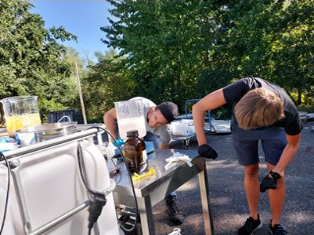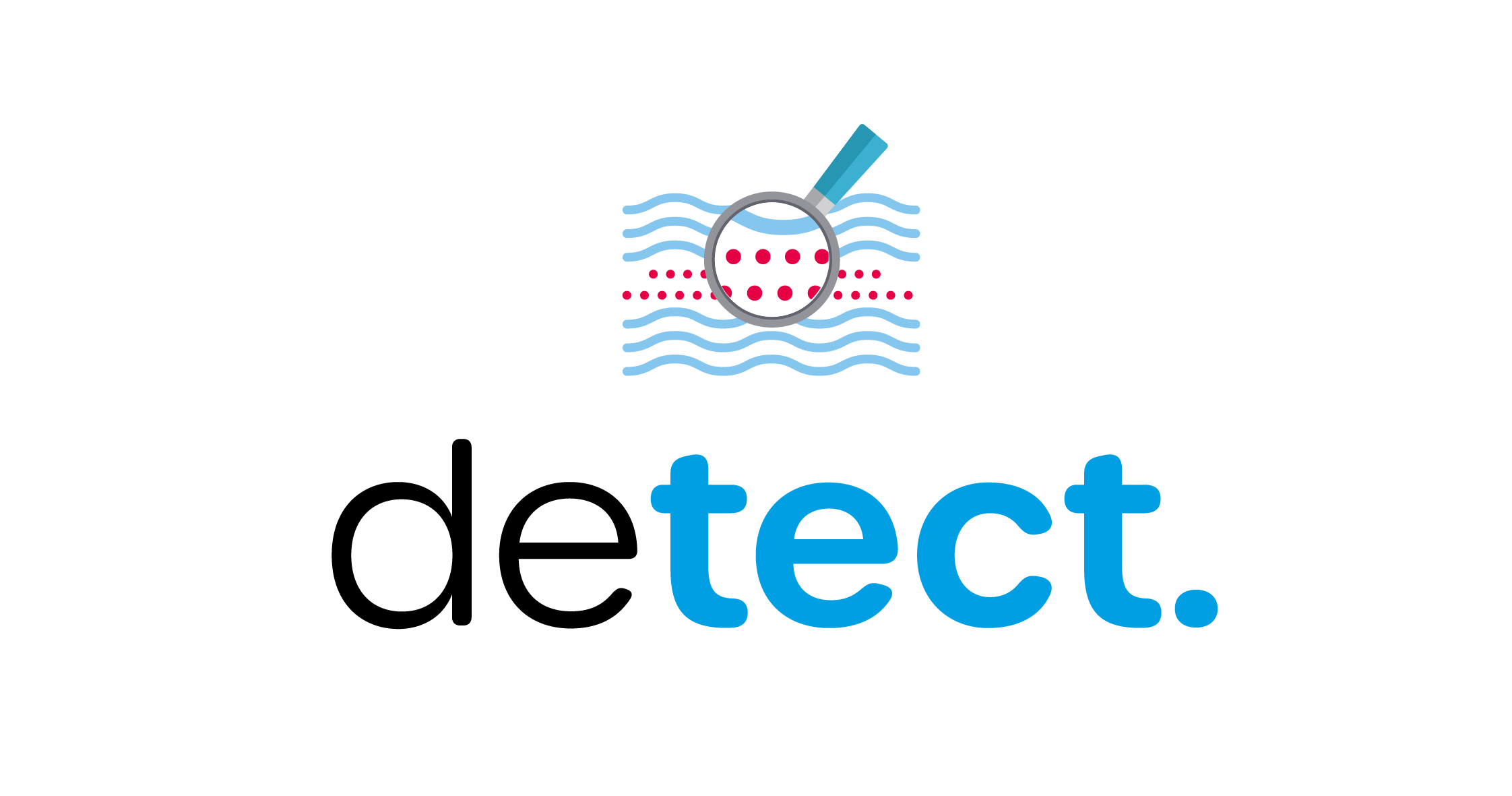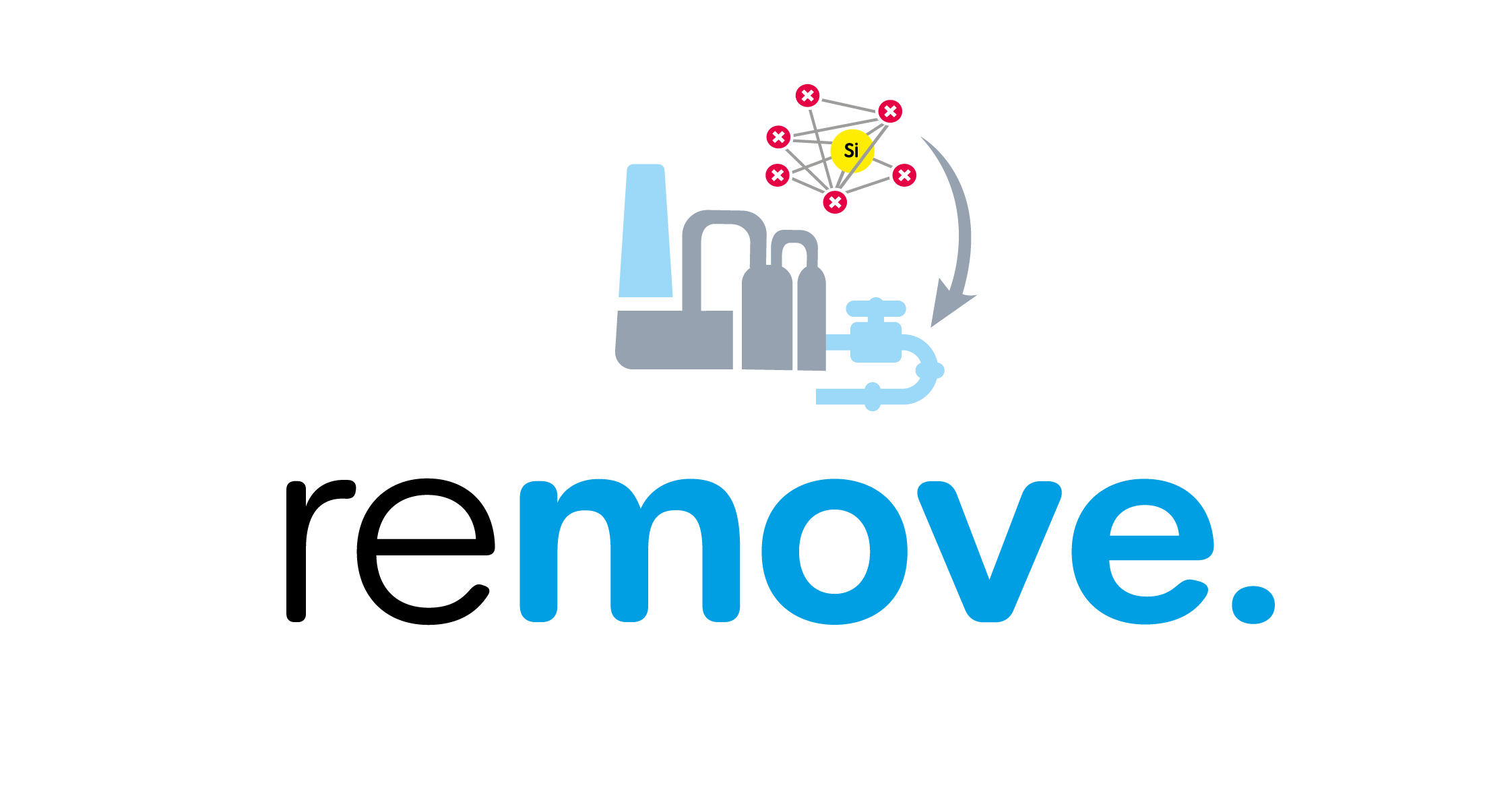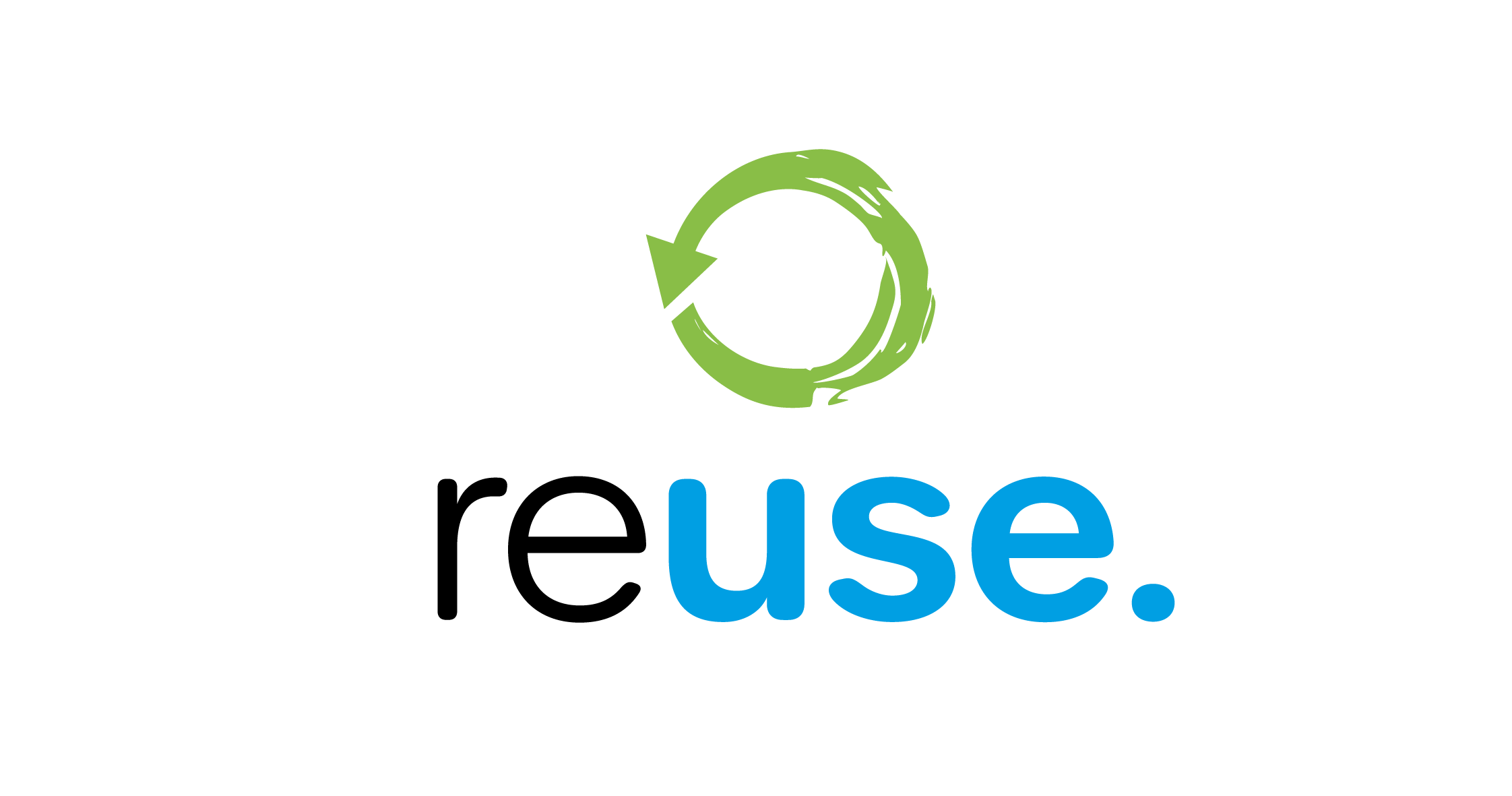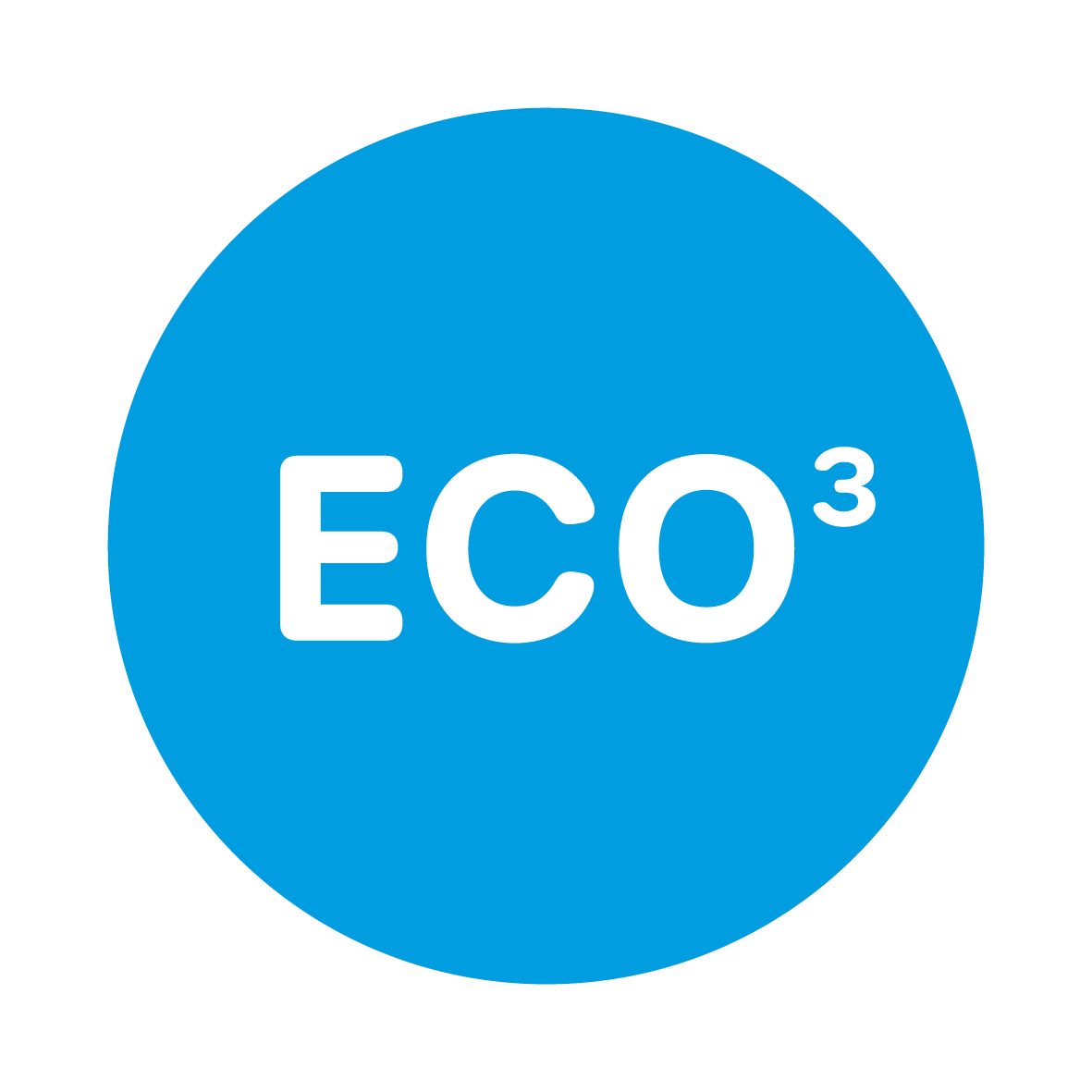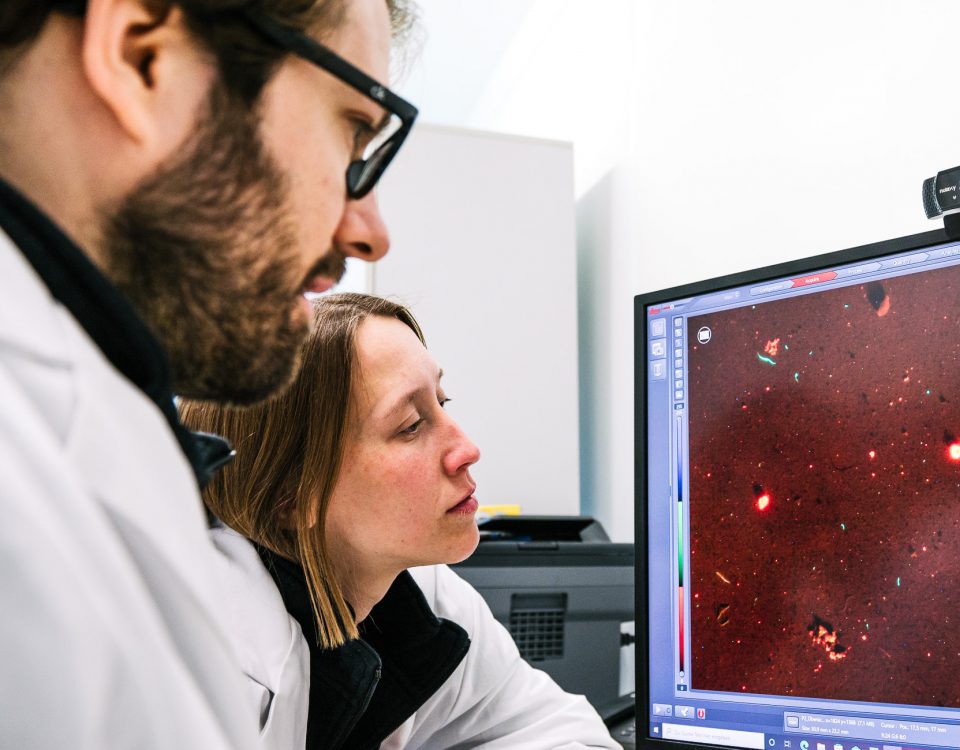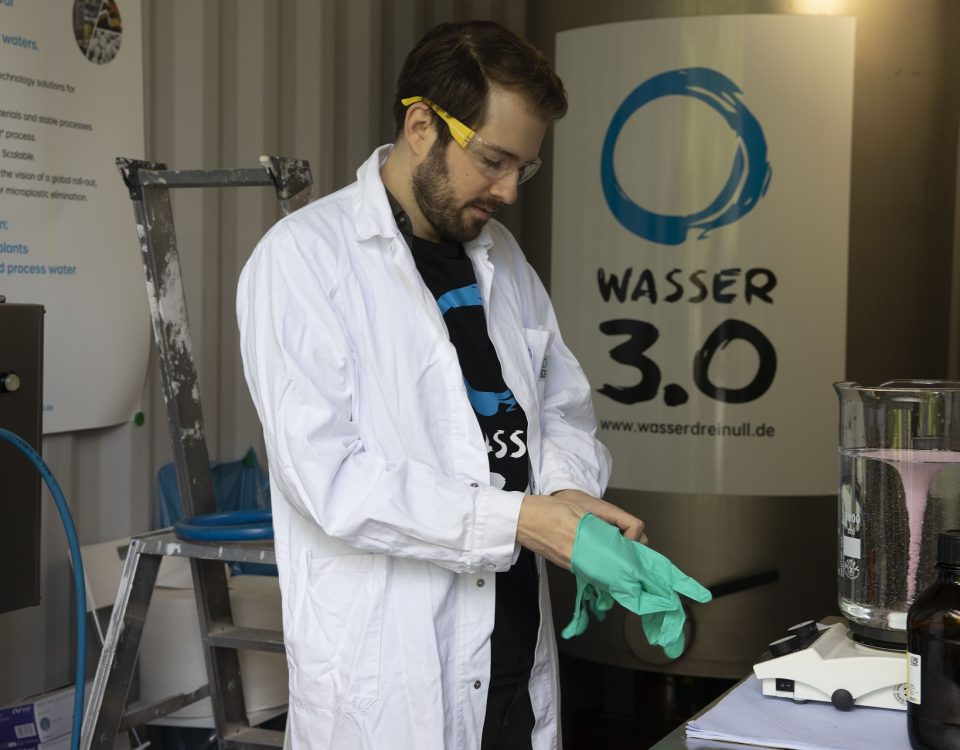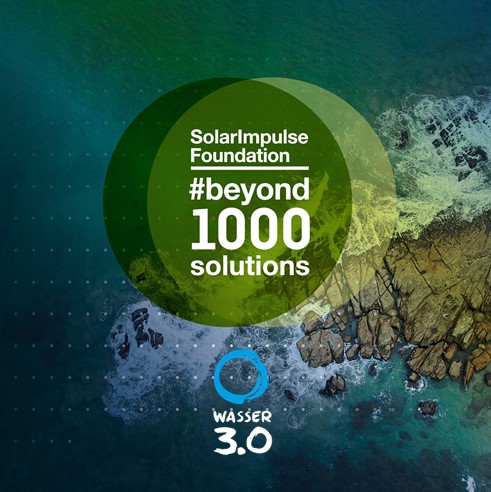
#beyond1000solutions
13. April 2021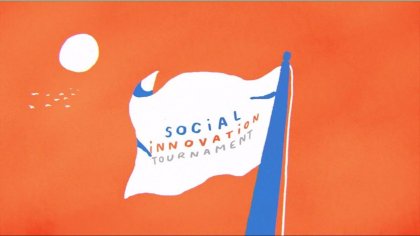
Social Innovation Tournament – Finals
15. May 2021A strategy against microplastics: detect | remove | reuse
With our
A standardized detection of microplastics and a continous process control determining removal efficiencies and conserving resources as well as a closing of material cycles are now possible. How this looks like and how it opens up new ways for water treatment, we describe in this post of our blog for waters without microplastics and micropollutants.
detect | remove | reuse
strategy, we enable a holistic dealing with microplastics and micropollutants such as pharmaceuticals, pesticides, PFAS, and heavy metals in water.A standardized detection of microplastics and a continous process control determining removal efficiencies and conserving resources as well as a closing of material cycles are now possible. How this looks like and how it opens up new ways for water treatment, we describe in this post of our blog for waters without microplastics and micropollutants.
Microplastics and the distribution engine water
Microplastics have been distributing in the environment for decades through multiple pathways. A significant one is the water cycle, connecting industrial production, ecosystems, humans and animals in myriad ways worldwide. Technologies that remove microplastics from industrial and municipal wastewater therefore play a key role in reducing their further spread.
Solutions for microplastics handle many unknowns
For years, there have been technological innovations for removing microplastics from water. However, they have been little used to date. Why?
Effective solutions face significant challenges. Many innovations quickly reach the limits of cost-effectiveness and efficiency given the diversity and complexity of pollution scenarios, water properties and process environments. Moreover, as a young field of research whose full societal relevance is only just becoming clear, microplastics is an area with still many unknowns.
For years, there have been technological innovations for removing microplastics from water. However, they have been little used to date. Why?
Effective solutions face significant challenges. Many innovations quickly reach the limits of cost-effectiveness and efficiency given the diversity and complexity of pollution scenarios, water properties and process environments. Moreover, as a young field of research whose full societal relevance is only just becoming clear, microplastics is an area with still many unknowns.
That is why the entry of microplastics into the environment is an almost uncontrolled and uncontrollable process
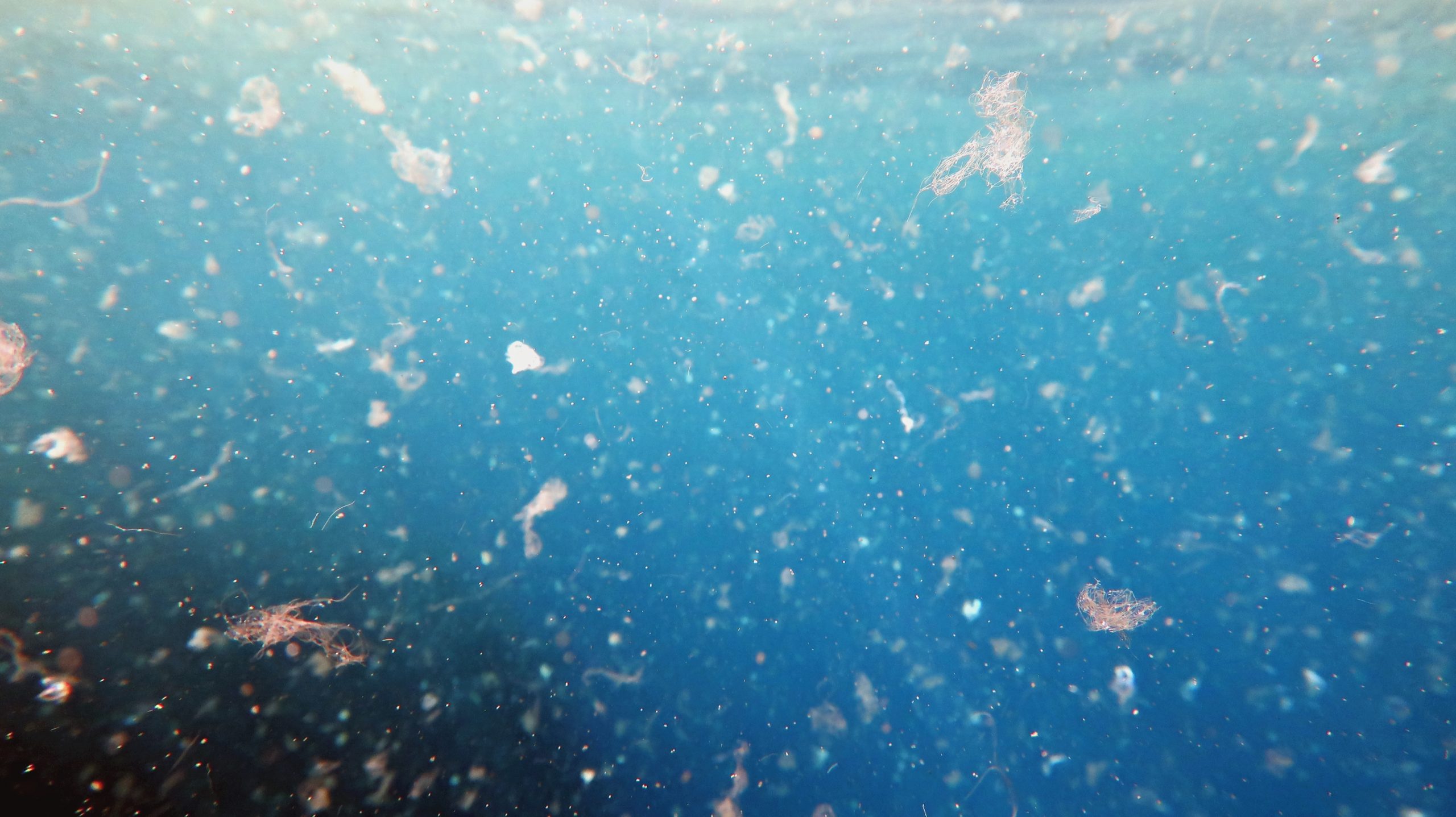
As of today, there are major gaps in knowledge and agency that make microplastic inputs into the environment an almost uncontrolled and uncontrollable process: There are no standards such as uniform detection methods or comprehensive, comparable monitorings of microplastics in the environment. There is a lack of analytical capabilities and standardized (continuously measuring) methods to monitor and optimize removal technologies on a permanent, non-random basis.
There is also no solution-oriented legislation in sight for an environmental and health-protective handling of polymers, micro- and nanoplastics. Such legislation would, for example, regulate and control the discharge of microplastic-contaminated waters from various (industrial) processes.
There is also no solution-oriented legislation in sight for an environmental and health-protective handling of polymers, micro- and nanoplastics. Such legislation would, for example, regulate and control the discharge of microplastic-contaminated waters from various (industrial) processes.
With a systemic perspective, Wasser 3.0 focuses on faster and higher capacity to act
Increasing the overall capacity to act in the face of a global environmental problem is our goal as a nonprofit GreenTech company. At the interface of science, industry, politics and (civil) society, we therefore research and develop interdisciplinary and cross-sectoral approaches for the removal of microplastics and micropollutants such as pharmaceuticals, pesticides, PFAS and heavy metals from waters. To be maximally effective, all of our solutions are subject to being maximally efficient, easy to apply, affordable, transparent and sustainable.
This is our strategy
Increasing the overall capacity to act in the face of a global environmental problem is our goal as a nonprofit GreenTech company. At the interface of science, industry, politics and (civil) society, we therefore research and develop interdisciplinary and cross-sectoral approaches for the removal of microplastics and micropollutants such as pharmaceuticals, pesticides, PFAS and heavy metals from waters. To be maximally effective, all of our solutions are subject to being maximally efficient, easy to apply, affordable, transparent and sustainable.
This is our strategy
Wasser 3.0 detect: Our new fast and cost-effective detection and process control method for microplastic analysis in water.
For the first time, this achieves high-quality (waste)water treatment that is both flexibly adaptable and scalable to the respective pollution situation on site and can be monitored and optimized in terms of resource and elimination efficiency. Acting in accordance with precautionary principle and producer responsibility becomes an economic advantage.
We have already dealt with the topic of detection in more detail in a 4-part blog series.
For the first time, this achieves high-quality (waste)water treatment that is both flexibly adaptable and scalable to the respective pollution situation on site and can be monitored and optimized in terms of resource and elimination efficiency. Acting in accordance with precautionary principle and producer responsibility becomes an economic advantage.
We have already dealt with the topic of detection in more detail in a 4-part blog series.
Wasser 3.0 remove: Our certified removal processes with Wasser 3.0 PE-X®.
This Solar Impulse Efficient Solution Label certified filter-free process
The
This Solar Impulse Efficient Solution Label certified filter-free process
removes microplastics and/or micropollutants efficiently and sustainably
from various waters.Non-toxic hybrid silica gels
are added to the polluted water in a simple process. By clumping, many finely dispersedmicro- and nanoplastic particles
become popcorn-like agglomerates, which also trap other micropollutants that may be present.The
adaptability of the hybrid silica gels
is the key to success. This trick achieves reproducible elimination rates of over 95% in industrial processes, wastewater treatment plants, surface waters and seawater for a wide variety of load types and water compositions.Wasser 3.0 reuse: Our waste recycling, in which waste and wastewater are considered a resource.
For each remove process, a reuse concept tailored to needs and process environment is developed.
The
resulting agglomerates become the basis for new products
. Initial research projects show very good suitability as insulation and construction material.Treated waters are either reused as

